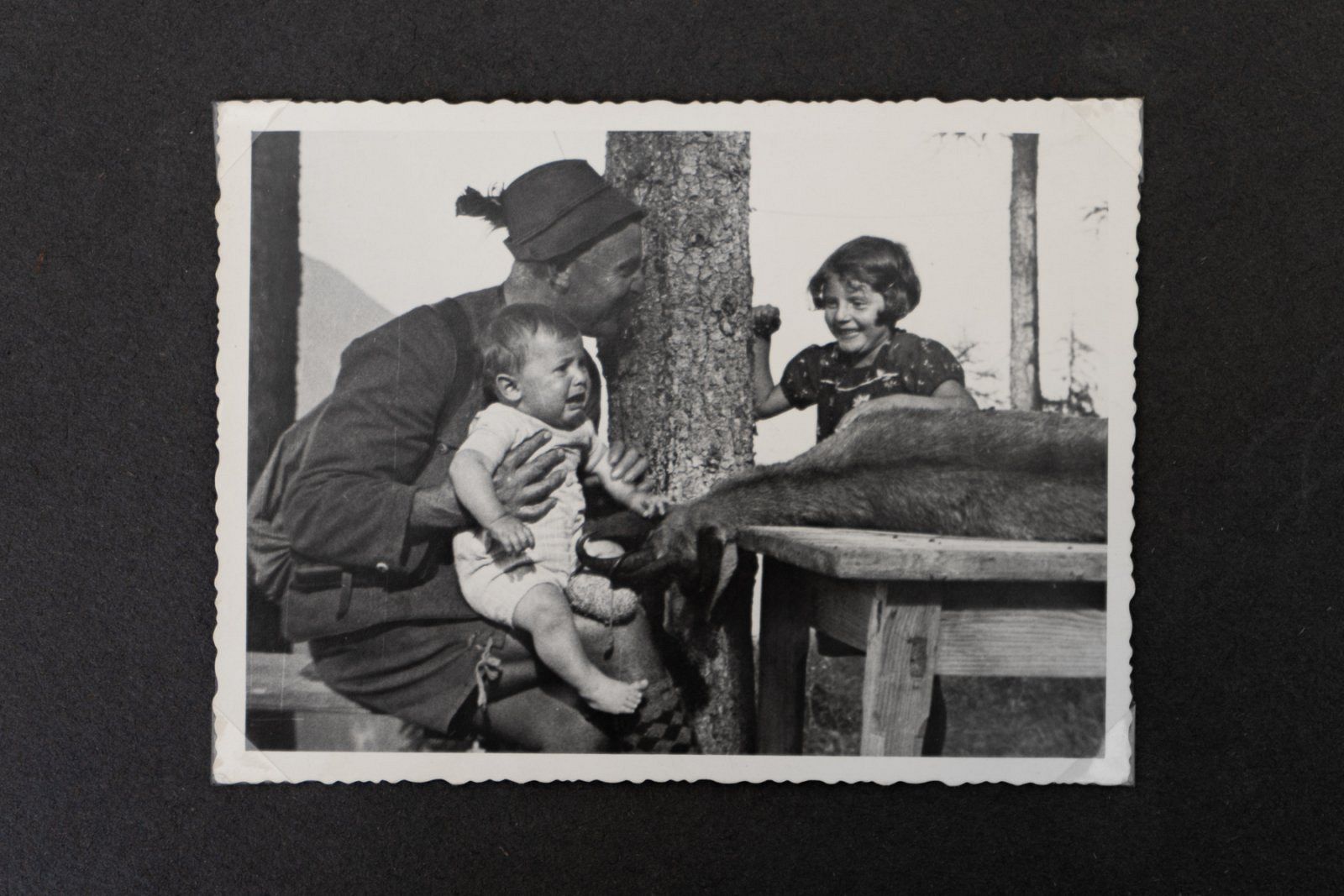
When have you last been all by yourself for a full day? If that entails no contact to anybody, be it in the physical or the online realm, have you then ever been all by yourself for a full day? What insights can one gain from solitude? a shadow in the shape of a house is the outcome of withdrawing from interpersonal exchange and medial stimuli. Through a deliberate three-week isolation in the uninhabited house right opposite of my childhood home in a small town in Austria, I examined the concept of estrangement from the familiar through a shift of perspective. By crossing the street, I could look at the inside of what was known to me only from the outside, and at the outside of what was known to me from the inside. In that sense, a threshold was exceeded that forms the separating layer between what is considered acceptable and therefore shown to the public in contrast to what lies hidden in the shadow of the intimate and private. Being alone allowed for an investigation of how subjective experience is influenced by social norms of performance and how an absence of exterior judgment can lead towards a state of autonomy. The project is thus an act of looking behind two facades - the architectural one of the house I had in front of my eyes every day for many years in my childhood and my own social facade as an individual, which has undergone radical changes ever since I have left the small, petit-bourgeois town I grew up in. For a shadow in the shape of a house I decided to surrender to a personal frustration with photography due to a feeling of insincerity and dullness in my work. By embracing and exploring the qualities of boredom rather than escaping from it through means of exterior distraction, I let stillness set the framework to think through and revolt against normative concepts of value and productivity in late capitalism. The body of work consists of photographs of what I found inside and around the house, self-portraits, writings, drawings and collages.
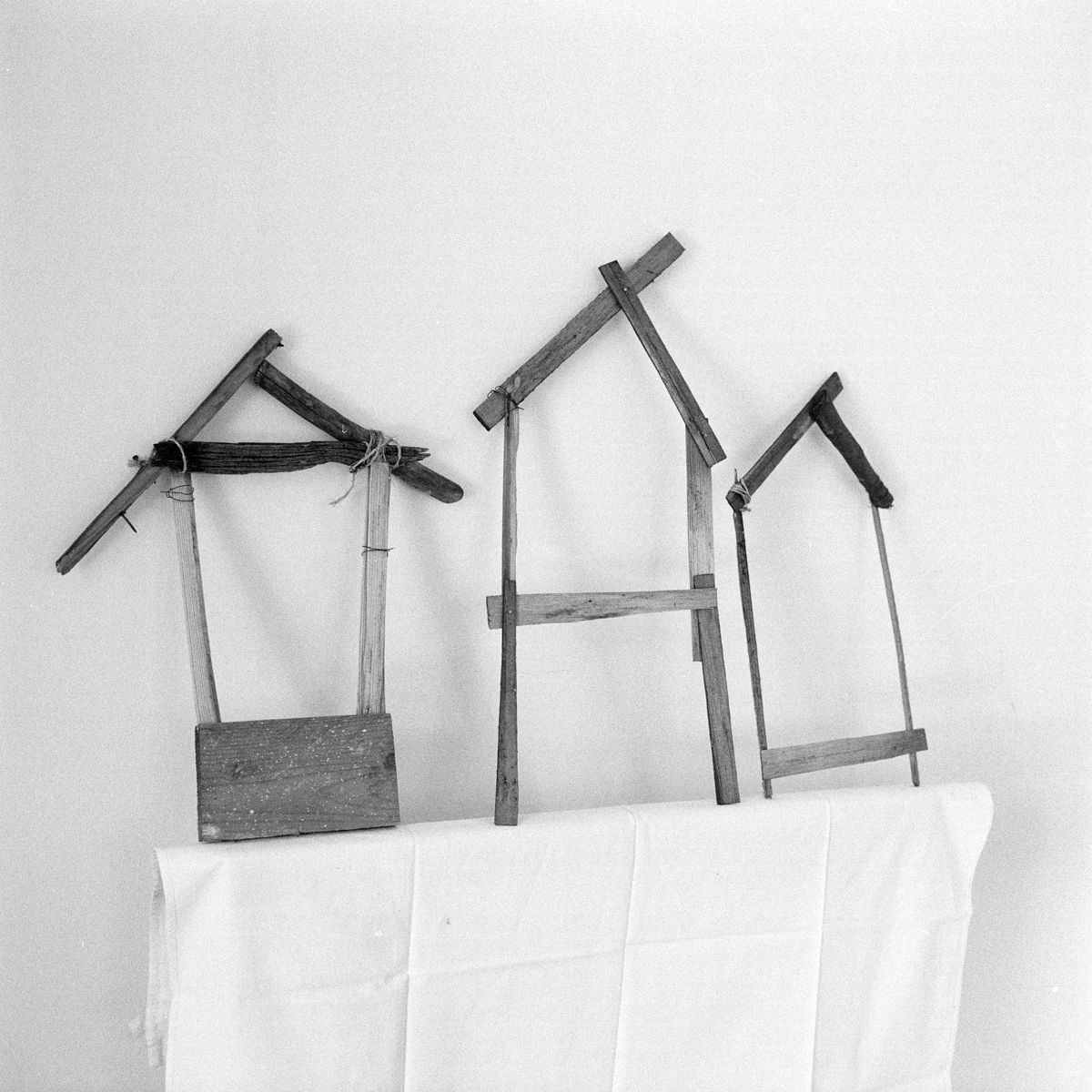
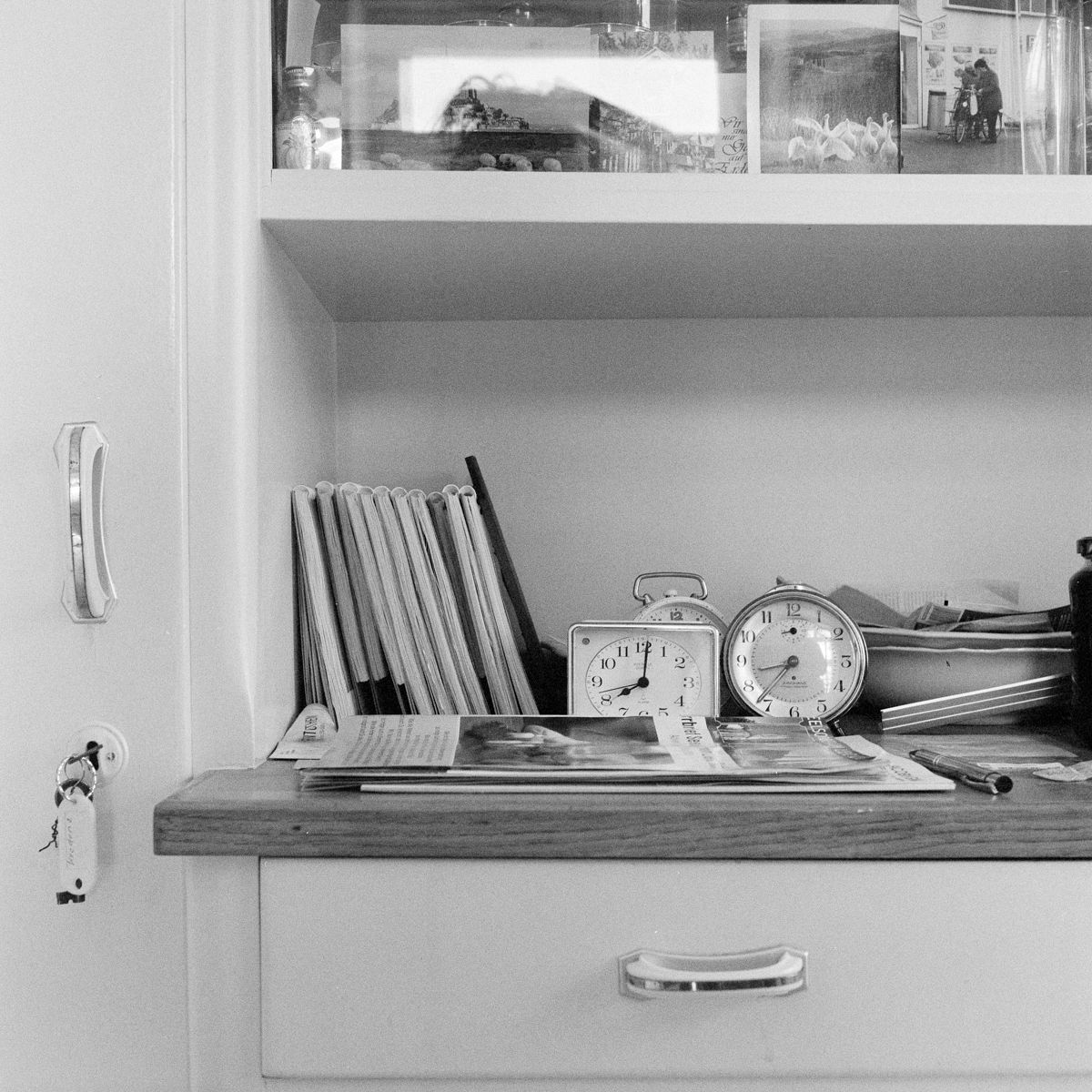
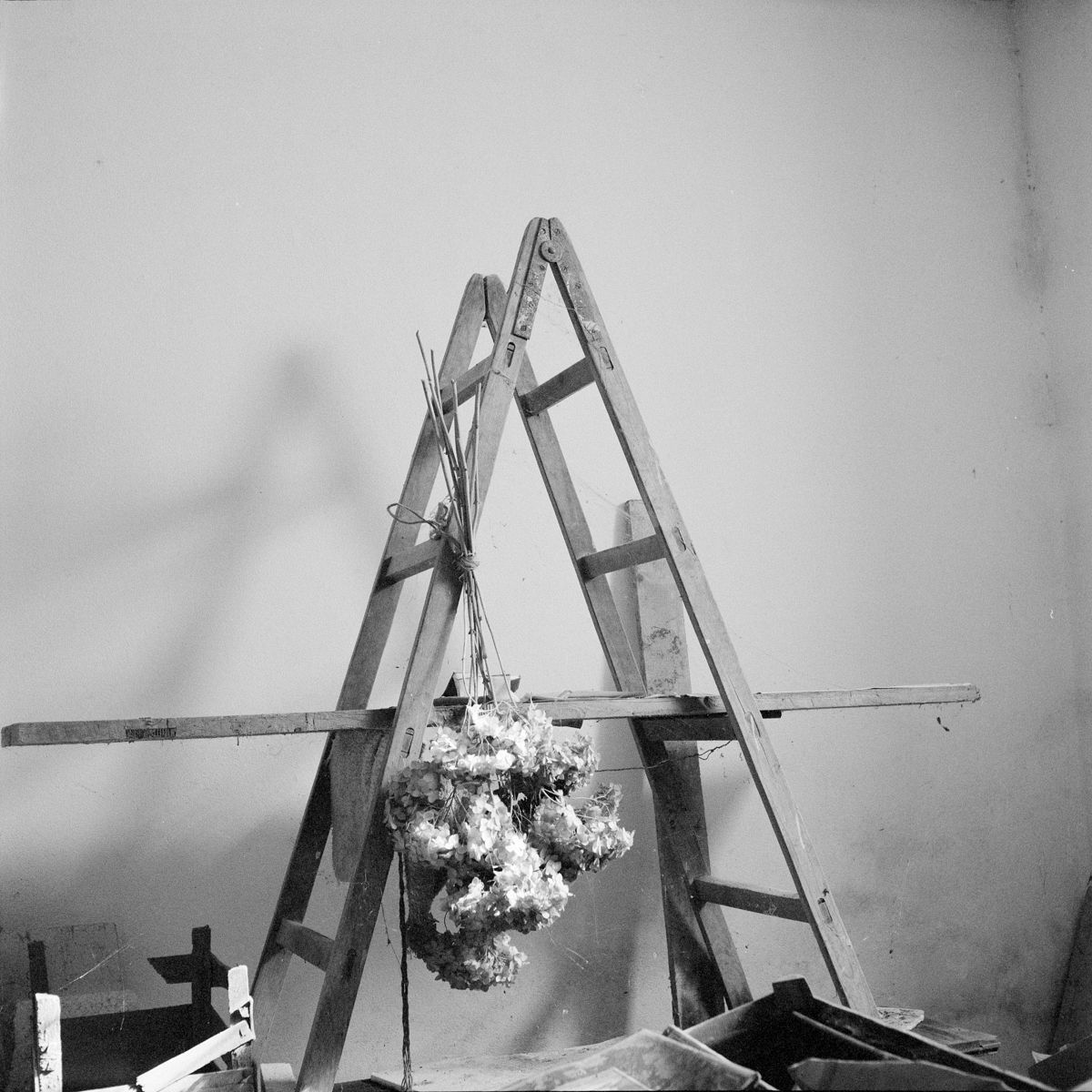

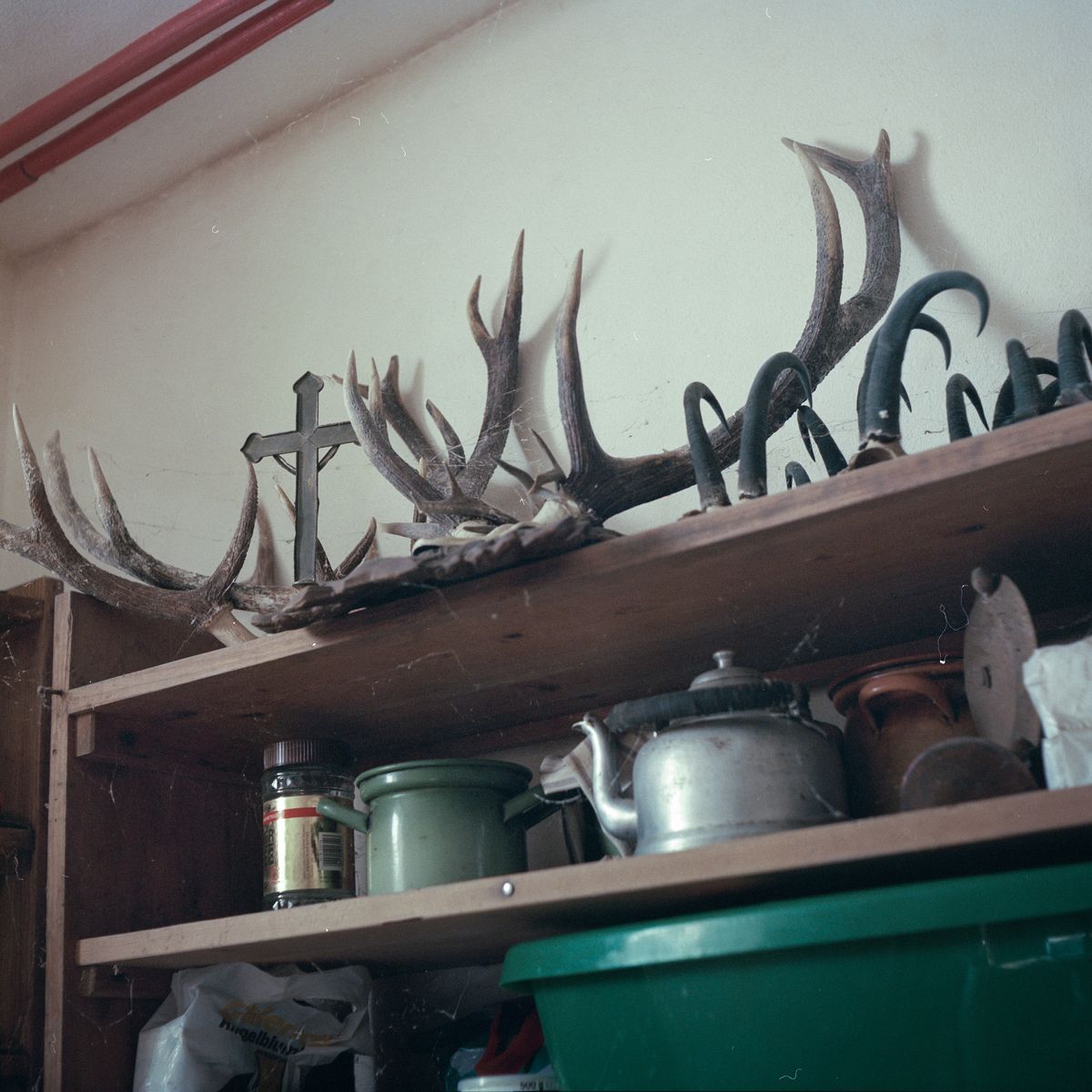
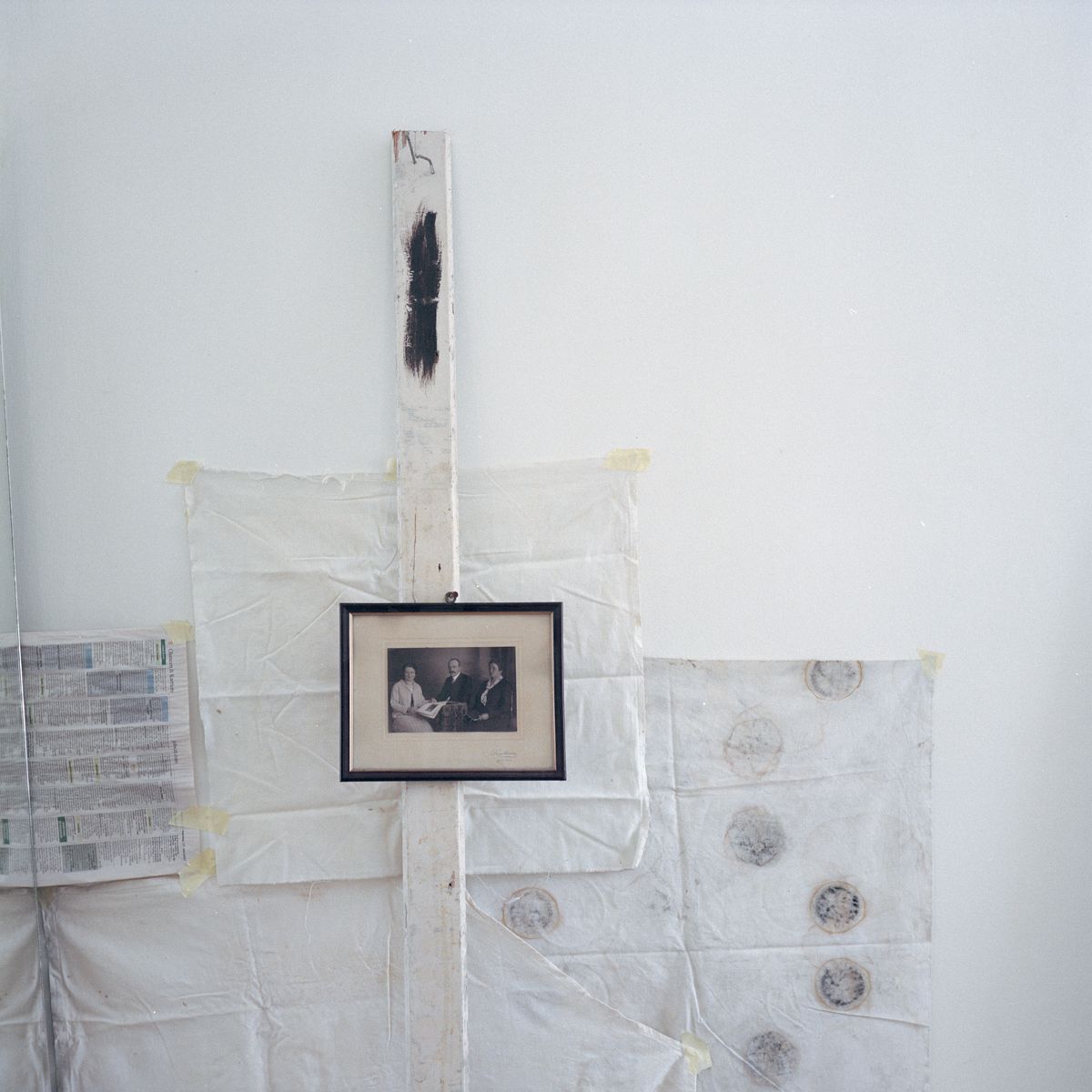

CIRCLING
Thesis
circling is a textual examination of self-experience in modern society, explored through a deliberate three-week isolation in the house right opposite of my childhood home. Structured in aphoristic paragraphs, it combines diaristic and poetic writing with reflections and references from the fields of art (particularly photography and film), sociology, psychology and philosophy (particularly psychoanalysis and existentialist thought). In the isolation’s setting of solitude and estrangement, circling investigates themes such as boredom and its potential to revolt against capitalism’s concepts of value and performance, the friction between authentic, impulsive gestures and social norms of behavior, as well as the understanding of self-acceptance, autonomy and sincere sensuality as tools of opposition to external judgement. Throughout the text, the circle is a recurring leitmotif, which on one hand structures the work by indicating the single paragraphs in degrees and on the other hand serves the conceptual purpose of linking the various topics through the notions of rhythm and wholeness attributed to this very shape. In a broader sense, the circle also becomes a symbol for the duality of “inside and outside” - the unknown interior discovered behind the known façade of both protagonists, the house and myself.